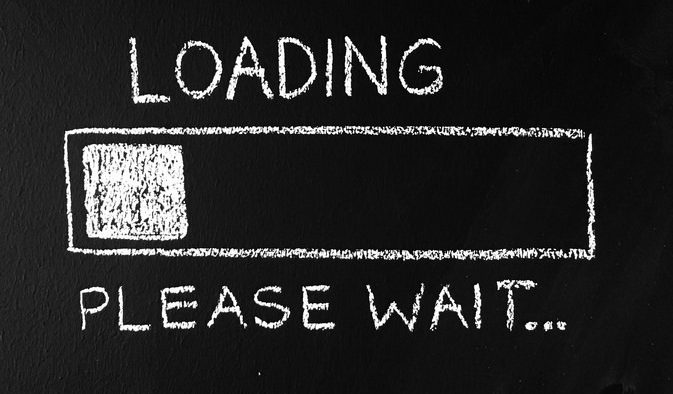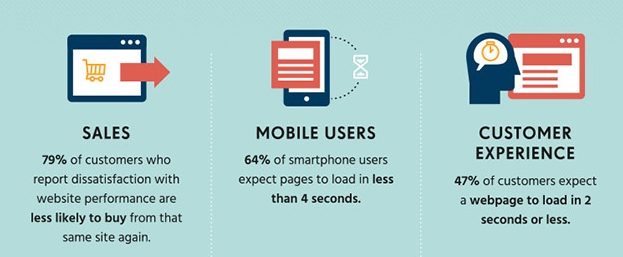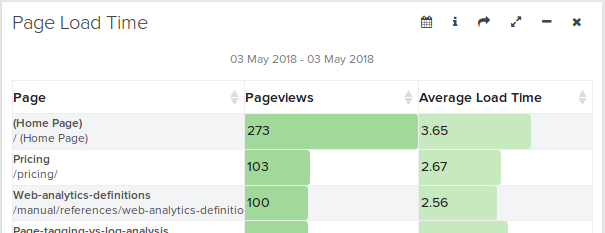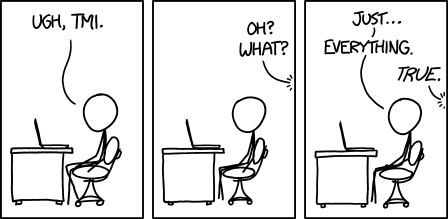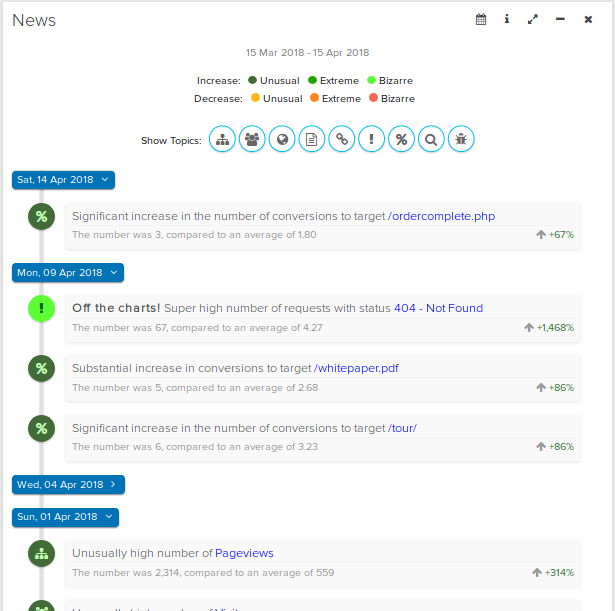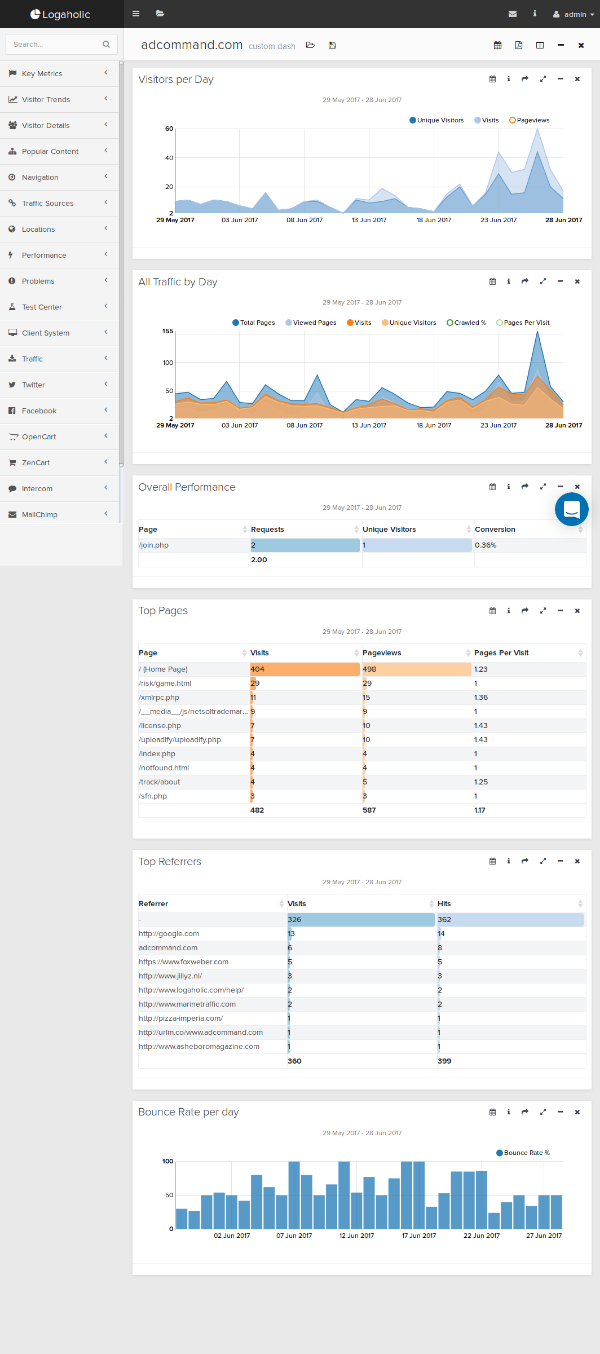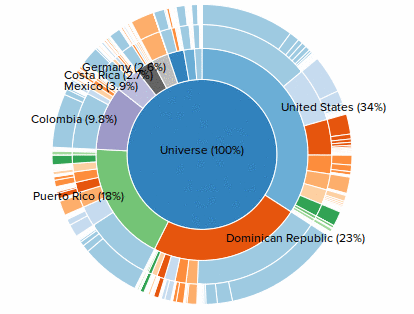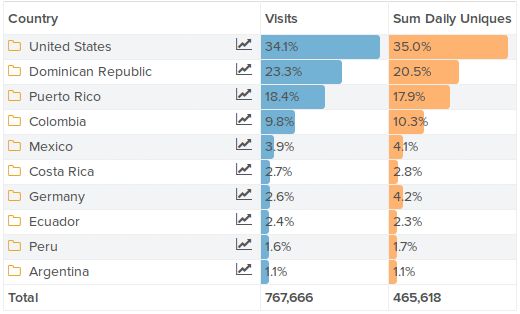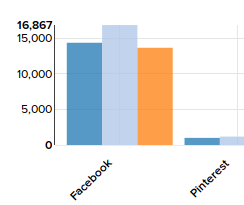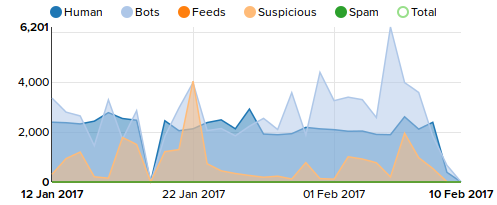A page view can only tell you so much. Have you ever wondered how long a visitor stays on the page or how far they scrolled down? Maybe they didn’t even see your beautiful download button. So we want to see if visitors are engaging with your content.

By website engagement we mean the ability to hold the attention of a visitor or to get the visitor to participate in some sort of activity.
Scroll Depth
The first metric we can take a look at is scroll depth. Here is a screenshot from the logaholic report.
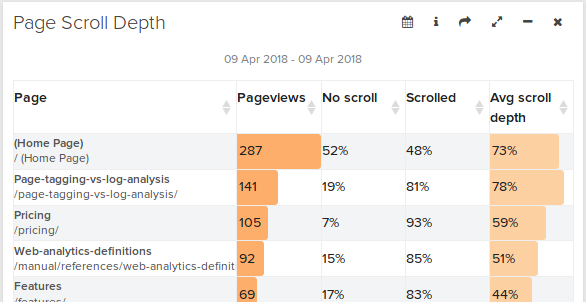
This report shows how far your visitors scroll down a page. Scroll depth represents the percentage of the page a visitor has seen. For example, if the average scroll depth is 50%, that means that on average your visitors scroll far enough to have seen half of the content of the page.
This report will show you that a lot of people don’t scroll at all and that those who do rarely make it all the way down.
Armed with this information take a look at the content on the page and make sure your most important elements are visible within the average scroll depth. It’s always a good idea to make sure that important call to actions appear above the fold, so even if the visitor doesn’t scroll he’ll still have seen the most essential elements of the page.
If you have a long page that requires a lot of scrolling, you can use the average scroll depth metric as an indicator of how long your copy is holding the attention of your visitor. You can experiment with how your content is presented to try to increase the average scroll depth.
Time on Page
Time on page is another important metric we can use to estimate visitor engagement. Let’s take a look at a screenshot:
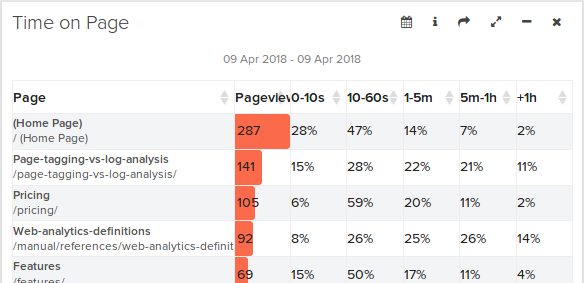
This report shows how long visitors stayed on a certain page. It’s divided up into groups, because using one general average here wouldn’t be a very helpful representation of how long different user stay on your pages.
Combining this data with the results from the scroll depth report should give you a pretty good idea of which pages are doing a good or bad job in communicating your content to your visitors.
Page Analysis
The page analysis report is another report you can use to determine whether visitors on a page are continuing to another page on your website. If they are you can at least assume your content was interesting enough for them to want to find out more.
Page conversion
This will give you an idea of how effective a landing page is at converting visitors to one of your key performance indicators.
Website Engagement
All these reports are available with Logaholic Pro. Use these reports together to get a comprehensive view of the visitor’s engagement with your content.
 admin, May 9, 2018
admin, May 9, 2018 